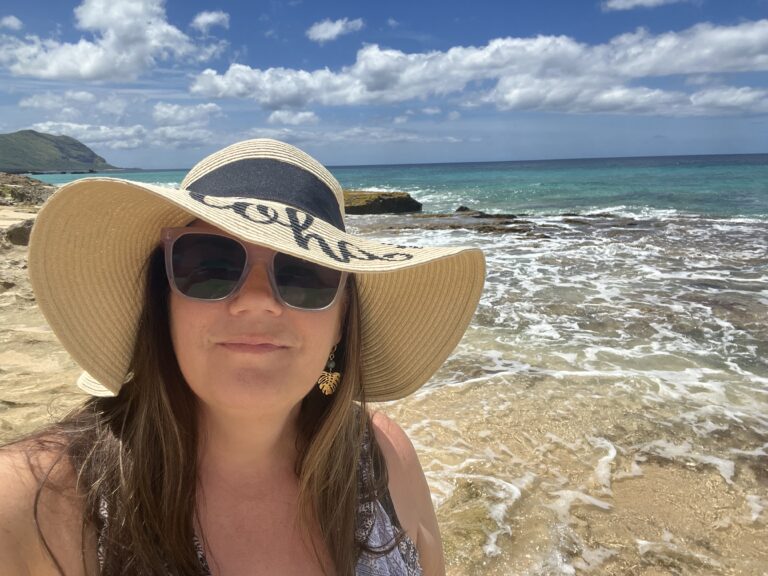We recognize that Disney vacations are not just an investment, but often the highlights of our lives, and we take that responsibility seriously. We want to ensure you have the best vacation experience.
Interested in a job in travel? Click here to learn: How to Become a Disney Travel Agent
Overview
Introduction
The eastern portion of Maui is actually a single volcanic mountain—Haleakala. It is the largest dormant volcano in the world, rising 30,000 ft/9,150 m from the ocean floor (only a third of it extends above the water). Encompassed within the national park are the crater of Haleakala and a wedge-shaped portion of the eastern flank that runs down to the coastline. A variety of ecosystems are found in this relatively small area.
Known as the House of the Sun, the mountain reveals its greatest beauty at dawn. The sunrise viewed from the summit inspired Mark Twain to say it was one of the loveliest sights he'd ever seen, and most are inclined to agree. You may have to leave hotels in Ka'anapali or Wailea as early as 3 am in the summer if you want to greet the sun on Haleakala, but it's worth the effort. You can get information about park closures and weather conditions inside the park by calling the ranger station 9 am-4 pm. Phone 808-572-4400.
Arrive early enough to catch the entire show: First, you'll see an intense red line appear along the horizon, followed by a subtly changing spectrum of color moving into the sky. As the colors brighten, you suddenly realize you're looking down on a 7-mi-/11-km-long, 2-mi-/3-km-wide volcano crater filled to the brim with cotton-candy clouds. Once the sun has crested the horizon, it doesn't take long for the clouds to rise from the crater and obscure the view from the summit.
The best observation point is from the top of White Hill, just a short hike up from the main viewing area. Take the warmest clothing you've got and grab the extra blanket from your hotel room—it's cold up there in the morning, and a strong wind often blows (in winter, it snows from time to time). A heated observation shelter helps those who don't have adequate protection, but arrive early if you want a front-row position along the picture window. An evening visit to watch the sun set and to stargaze is almost as pleasant.
If you want to explore the park, several hiking trails from the summit lead down to the crater floor, where you can see cinder cones, moonlike terrain and silversword plants (these spiky, highly reflective plants are an endangered species endemic to Hawaii and found on Haleakala and on the Big Island). Horseback rides to the crater floor are also available.
If you drive a car, allow time to make stops as you descend the mountain. There are several short trails that you can hike (ask for a trail map at the visitors center at the summit). If you didn't have a chance to see the silversword plants on the crater floor, some are planted outside the ranger station at the park's lower boundary. From there the landscape varies with the changes in altitude: You'll drive down through cattle ranches; carnation, rose and protea farms; and fields of Maui onions and cabbage.
It's possible to spend the night in the park, using campgrounds or basic cabins. Overnight stays should be arranged with park officials in advance of your arrival, as the few cabins available can be hard to come by even with advance preparation. You can also hike up or down the mountain, which requires overnight camping at the halfway point.
Waimoku Falls are within the park's boundaries, but they are not accessible from the summit—you have to leave the park and go around the mountain, which takes about a half-day. Some days can be better than others to travel to Haleakala, so check on conditions before you go.
The park headquarters is open daily 7 am-3:45 pm and the Haleakala Visitor Center (at the summit) is open daily 5:30 am-3 pm. The park is open 24 hours with occasional closures because of weather. Admission is US$10 per vehicle or US$5 per person (hikers and bikers), and the pass is valid for three days. Phone 808-572-4400. http://www.nps.gov/hale.

































